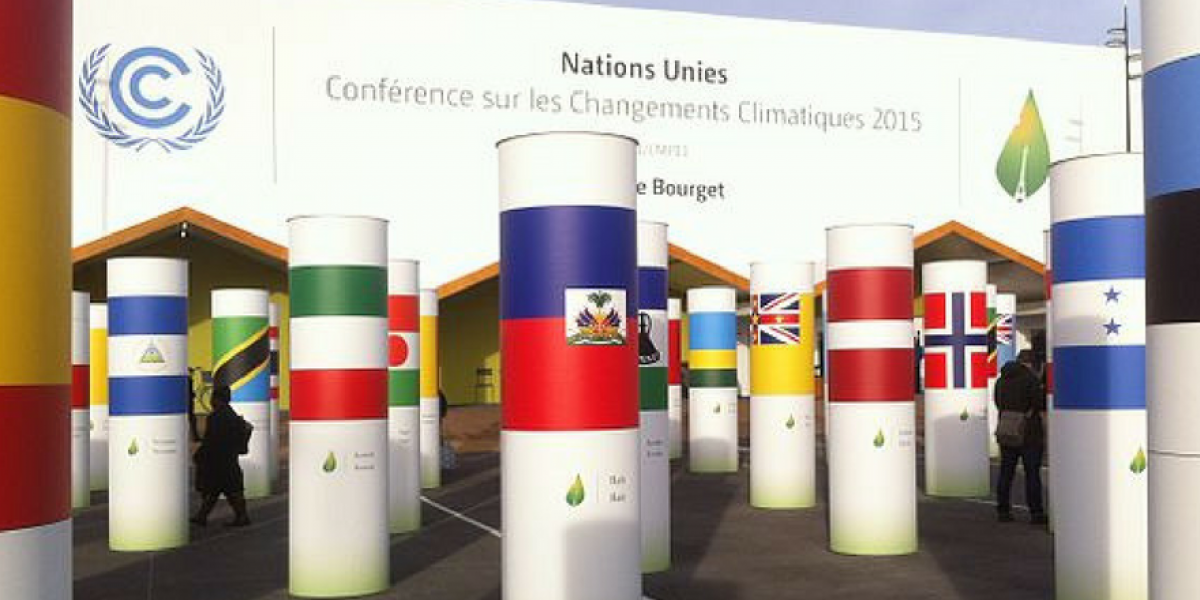A total of 196 countries will spend two weeks deliberating on the investment each is willing to make towards a common climate agenda. This climate negotiation also coincides with other intergovernmental discussions taking place under the UN’s auspices in the second half of this year. All of these processes aim to reframe global development aspirations for the next 15 years and beyond. The intersection of the UN meeting on post-2015 development goals in September, the COP 21 in December, and the on-going discussions regarding the Financing for Development agenda (held in Addis Ababa in June 2015) represents a timely opportunity for the developing world to seek a common and holistic development vision that balances economic, social and environmental concerns; safeguards development from climate impacts; reduces carbon emissions and other unsustainable practices; and promotes action on protecting threatened ecosystem services without compromising sustainable development.
In addition, this paradigm calls for investors and the recipients of development finance to demonstrate its catalytic use to promote equity and a meaningful contribution to the achievement of the post-2015 Sustainable Development Goals (SDGs). This presents an opportunity to ensure that climate change, sustainable development and financing priorities are aligned, mutually reinforcing and tailored to achieve similar transformational goals. According to UN Framework Convention on Climate Change (UNFCCC) President Christiana Figueres, ‘these global efforts are all borne by a common need and an intertwined imperative’.
In order to achieve these aims, it is important to highlight and pursue climate change opportunities that are aligned with and promote national social economic agendas. Adaptation frameworks and emissions pathway strategies can provide countries with the opportunity to anchor their domestic needs and priorities within scaled-up climate actions that deliver broader sustainable development. If conducted properly these nationally determined frameworks serve to link adaptation and mitigation strategies to important growth sectors, and provide effective solutions for pursuing multi-faceted objectives that concurrently promote resilience and local SDGs. These are also useful tools to expand and embed co-benefits approaches within international and domestic policy decision-making frameworks.








